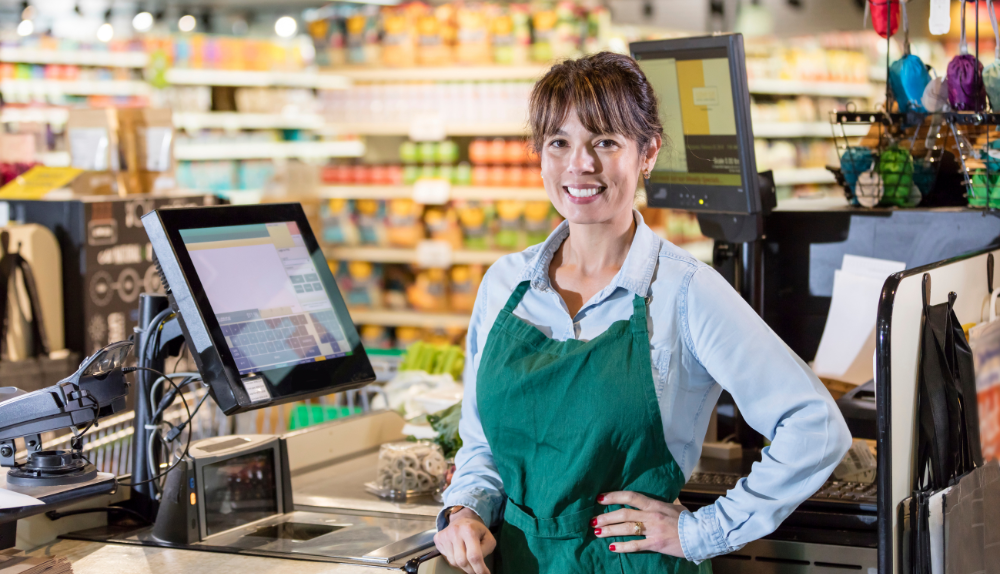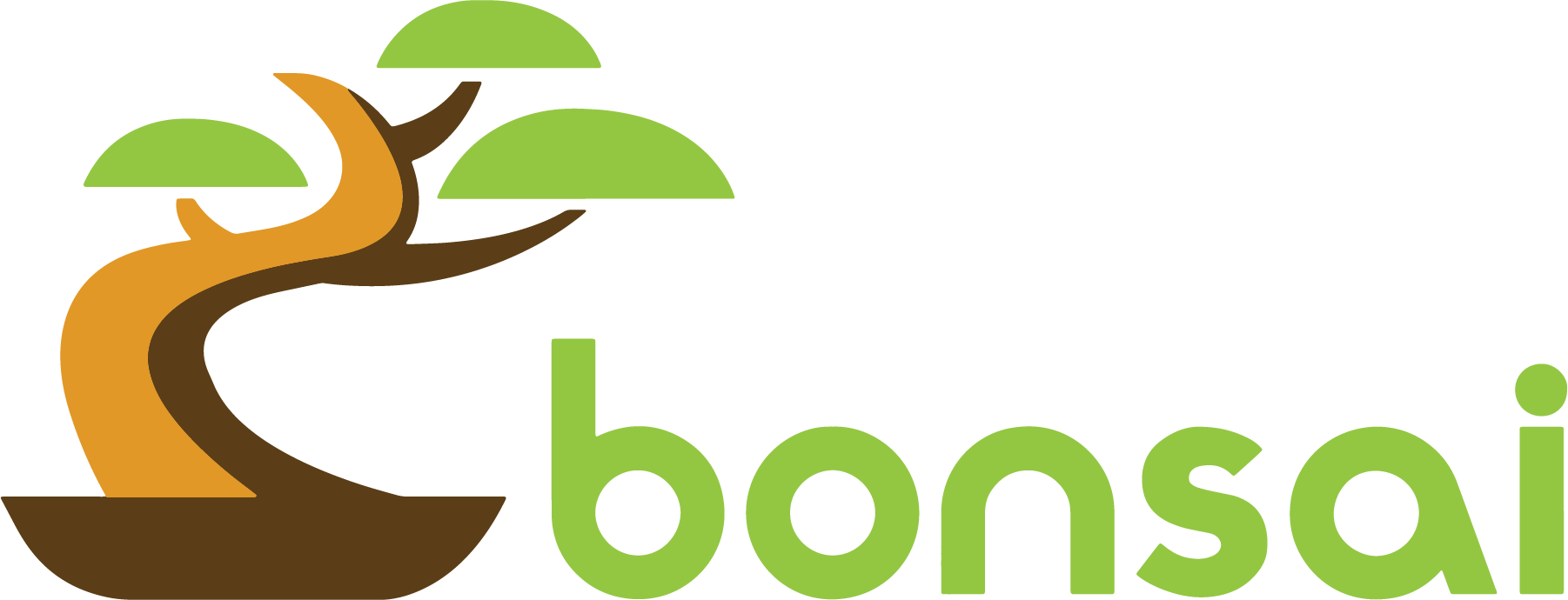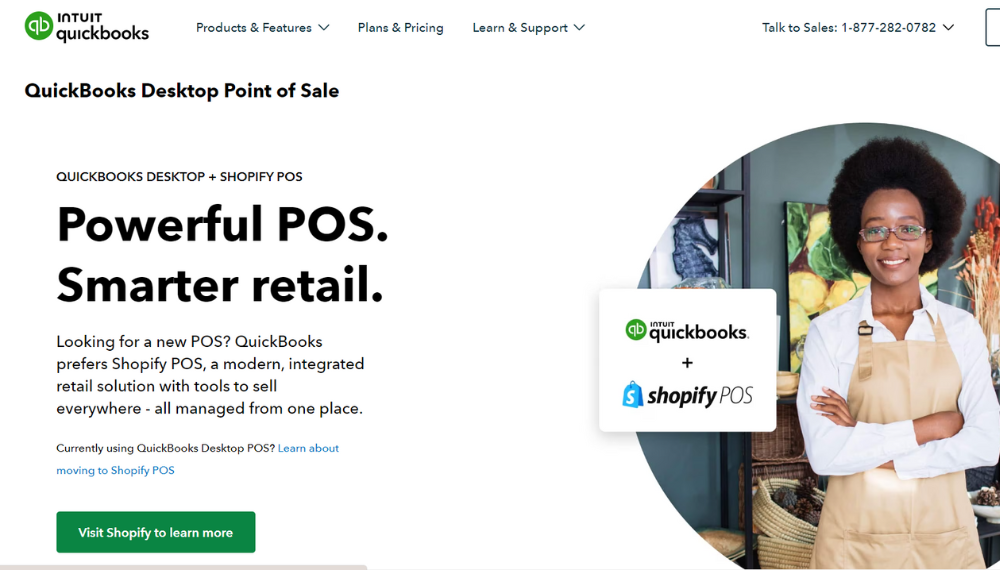If you are a grocery store owner, optimizing your grocery checkout process can be a game-changer for your business. A streamlined and efficient checkout experience can lead to higher customer satisfaction and retention, increased sales, and even decreased labor costs. In this article, we will provide a definitive guide to optimize your grocery checkout process.
Understanding the Grocery Checkout Process
Understanding the grocery checkout process is essential for optimizing it. The checkout process begins when a customer has completed their shopping and is ready to pay for their items. They will typically proceed to a checkout lane or register, where they will be greeted by a cashier or self-checkout system.
The first step in the checkout process is to scan or manually enter the items that the customer wishes to purchase. This can be done by the cashier or by the customer themselves if using a self-checkout system. During this step, it's essential to ensure that all items are scanned correctly and that their prices are accurate.
After scanning or manually entering the items, the next step is to bag them. The cashier or the customer may bag the items themselves, depending on the store's policy. Proper bagging techniques can help prevent damage to fragile items and ensure that the bags are not too heavy for the customer to carry.
Once the items are bagged, the next step is to process payment. The customer can pay with cash, card, or other forms of payment such as mobile payments or gift cards. The cashier or self-checkout system will then verify the payment and complete the transaction.
Finally, the customer will receive their receipt and any change due. The cashier or self-checkout system will also provide any necessary information, such as the total amount paid, the number of loyalty points earned, or any discounts applied.
Understanding the grocery checkout process is crucial in optimizing it for both customers and store owners. By streamlining the process and ensuring that all steps are performed efficiently, stores can reduce wait times, increase customer satisfaction, and ultimately boost sales.
Factors Affecting the Checkout Process
There are several factors that can affect the grocery checkout process, including:
Staff Efficiency - The efficiency and speed of the cashier or self-checkout system staff can significantly impact the checkout process. Staff should be trained to scan items accurately, bag them correctly, and process payments efficiently.
Technology - Technology can play a vital role in streamlining the checkout process. For example, barcode scanners, point-of-sale (POS) systems, and queue management software can help reduce wait times and improve efficiency.
Payment Methods - The payment methods accepted by the store can also impact the checkout process. Stores should consider accepting multiple payment methods, including mobile payments, gift cards, and even cryptocurrency payments.
Bagging and Packing Efficiency - Proper bagging and packing techniques can help prevent damage to items and ensure that bags are not too heavy for customers to carry. Staff should be trained in proper bagging techniques, and stores should have enough bags and packing supplies available.
Customer Behavior - Customer behavior can also affect the checkout process. For example, customers who are disorganized or unprepared can slow down the process. Stores can help mitigate this by providing clear instructions and signage.
Store Layout - The layout of the store can impact the checkout process as well. For example, having a clear and easy-to-navigate checkout area can help customers find the registers quickly and reduce wait times.
By understanding the factors that affect the checkout process, stores can take steps to optimize it and improve the overall shopping experience for their customers.
Best Practices for Optimizing Your Grocery Checkout
Now that you understand the checkout process, let's dive into some best practices for optimizing your grocery checkout.
User Experience: One of the most important aspects of optimizing your grocery checkout process is improving the user experience. Here are some best practices to follow:
Simplifying the checkout process: The checkout process should be as simple and straightforward as possible. Avoid unnecessary form fields or steps that can cause friction for the customer.
Reducing form fields: Customers are more likely to abandon their cart if they're faced with a long and complicated form to fill out. Keep your form fields to a minimum and only ask for essential information.
Optimizing mobile checkout: With more and more customers shopping on their mobile devices, it's important to optimize your mobile checkout process. This includes using larger buttons and fonts, minimizing form fields, and using mobile-specific payment options.
Streamlining checkout steps: Every additional step in the checkout process increases the likelihood of cart abandonment. Streamline your checkout process by combining steps where possible.
Providing clear calls-to-action: Your checkout page should have clear and visible calls-to-action, such as "Checkout Now" or "Place Order".
Implementing real-time validation: Real-time validation can help prevent errors and ensure that customers enter correct information. This can save time and reduce frustration for both the customer and the merchant.
Providing multiple payment options: Offer a variety of payment options to cater to different customer preferences. This can include credit cards, PayPal, Apple Pay, Google Wallet, and more.
Optimizing the checkout page design: The checkout page should be visually appealing, easy to navigate, and consistent with your brand.
Cart Abandonment
Cart abandonment is a common problem for online stores, including grocery stores. Here are some best practices to reduce cart abandonment:
Understanding cart abandonment: Cart abandonment occurs when a customer adds items to their cart but doesn't complete the purchase. Understanding why customers abandon their carts can help you address common issues.
Addressing common reasons for cart abandonment: Common reasons for cart abandonment include unexpected shipping costs, a complicated checkout process, and a lack of payment options. Address these issues to reduce cart abandonment.
Implementing cart abandonment emails: Sending cart abandonment emails can help remind customers to complete their purchase. These emails can include a discount or incentive to encourage the customer to return to their cart.
Offering discounts and incentives: Offering discounts or incentives can be an effective way to reduce cart abandonment. However, it's important to use these strategies strategically and avoid training customers to expect discounts every time they shop.
Checkout Optimization Tools
There are several checkout optimization tools available to help you improve your grocery checkout process. These tools can help with everything from simplifying the checkout process to reducing cart abandonment. Some popular tools include:
Shopify: Shopify is an all-in-one e-commerce platform that includes a checkout optimization tool.
WooCommerce: WooCommerce is a popular e-commerce plugin for WordPress that includes checkout optimization features.
Magento: Magento is a popular e-commerce platform that includes checkout optimization tools such as one-page checkout and real-time validation.
Optimizely: Optimizely is a platform that allows you to test and optimize different aspects of your checkout process, such as form fields and payment options.
Google Analytics: Google Analytics is a powerful tool that can help you track key metrics such as cart abandonment rate and checkout completion rate.
Tips for Optimizing Your Grocery Checkout
Designing Your Checkout Space
The checkout space's layout and design play a significant role in the overall checkout experience. Ensure that the space is well-lit, adequately ventilated, and spacious enough to accommodate both customers and staff. You can also consider adding some branding elements or promotional displays to make the checkout experience more engaging.
Investing in the Right Technology
Investing in the right technology can significantly improve your grocery checkout process's efficiency. Consider implementing a barcode scanner, a
point-of-sale (POS) system, or a mobile payment solution to streamline the scanning and payment processes. Additionally, you can use queue management software to manage customer traffic and reduce wait times.
Staffing and Training
Having a well-trained and knowledgeable staff can make a significant difference in the checkout experience. Ensure that your staff is adequately trained in handling various payment methods, troubleshooting technical issues, and providing excellent customer service. You can also consider hiring more staff during peak hours to reduce wait times.
Streamlining the Payment Process
Streamlining the payment process can significantly reduce wait times and improve customer satisfaction. Consider implementing contactless payment options such as Apple Pay, Google Wallet, or Samsung Pay to speed up the payment process. Additionally, you can offer self-checkout kiosks for customers who prefer a more autonomous experience.
Offering Convenient Payment Methods
Offering a variety of payment methods can improve the checkout experience for customers. Besides traditional payment methods such as cash and card, consider offering
mobile payment options, gift cards, and even cryptocurrency payments.
Efficient Bagging and Packing
Efficient bagging and packing can significantly improve the checkout experience. Ensure that you have enough bags and packing supplies available, and train your staff in proper bagging techniques. You can also consider implementing a bagging station that allows customers to bag their items, reducing wait times and increasing customer satisfaction.
Implementing a Loyalty Program
Implementing a loyalty program can significantly improve customer retention and increase sales. Consider offering rewards, discounts, or exclusive promotions to customers who frequently shop at your store. A loyalty program can also provide valuable customer data and insights that can help you better understand your customers' shopping behaviors and preferences.
Conclusion
Optimizing your grocery checkout process is crucial in providing a positive shopping experience for your customers. By considering the factors that affect the checkout process and implementing the tips we have provided, you can streamline your checkout process, reduce wait times, increase customer satisfaction, and boost sales.





